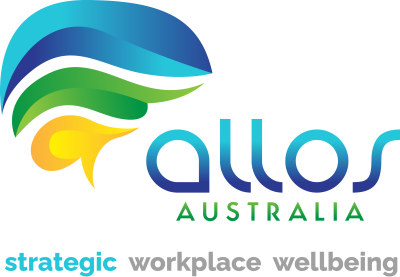As an employer, it is your duty of care to create a safe and supportive workplace for your employees. Unfortunately, domestic violence (DV) and coercive control are becoming all too common in society and must be addressed by employers to ensure the safety and wellbeing of their employees. This guide will discuss the importance of recognising the signs of domestic … Read More
The Wrong Way And The Right Way To Do Hybrid Work
With the panic of the pandemic fading, employers and employees are trying to settle on a new way of working. All signs point to some type of hybrid arrangement which permits flexible working, greater work life balance, and a better employee experience. However, hybrid work is not without risk. In many cases, company culture will be irrevocably changed. Productivity is … Read More
How to create a Psychological Health and Safety strategy (you’re proud of!)
John Holt and Nick Watts, our resident Psychological Health & Safety Management experts discuss the fundamentals of building and implementing an effective Psychological Health and Safety Management system. If you’d like their guidance click here to schedule a free discovery call. John: So Nick, I appreciate that we have a new standard and code of practice, but is this actually … Read More
Why is Psychological Health and Safety so hot right now?
This post is the second in a series of Q&A sessions with Psychological Health and Safety experts, Nick Watts and John Holt. [Read the first post here] In this episode, we ask the question: Why is Psychological Health and Safety such a hot topic right now? Nick Watts The big change in the working world is that the power has … Read More
Creating a Sense of Belonging at Work: What Leaders Need to Do
During a visit to the NASA space centre in 1962, President J F Kennedy noticed a cleaner carrying a broom. He interrupted his tour, walked over to the man and said, “Hi, I’m Jack Kennedy. What do you do?”. The cleaner responded, “Well, Mr President, I’m helping put a man on the moon.” Whatever your role in an organisation, it … Read More
Mind the Gap when you Return to Work
Getting back into the office offers an opportunity for us to rethink how we socialise with colleagues and make the most of our work relationships. This is our chance to improve our wellbeing as well as how we work in the 21st century. You are what you need. As a human, I miss you. I miss being near you. When … Read More
Advanced Listening Skills That Therapists Know and You Need To
Have you ever had that feeling after speaking with someone that they didn’t really hear what you were trying to say? You’re not alone. On the flip-side, have you ever had a long conversation with someone and felt that you never really figured out the points they were trying to make? As human beings, we tend to take communication for … Read More
Why it’s Crucial for Organisations to be Supportive Structures
This post is part of our series on The 5 Evidence-based Foundations of a Mentally Healthy Workplace. What does ‘Supportive Structure’ mean in the workplace? Supportive workplace structure refers to structure or policy at an organisational level which creates a safe and supportive working environment for all employed. What does a supportive structure look like in the workplace? Supportive structure … Read More
Why Workplaces with a Community Mindset Win
This post is part of our series on The 5 Evidence-based Foundations of a Mentally Healthy Workplace. What is a ‘community mindset’? Community mindset refers to an overarching attitude where people share a sense of belonging to a group, and work together for both individual and overall group success. What does community mindset look like in the workplace? As ‘community … Read More
Why Your Management Team Needs a Strengths-Based Approach
This post is part of our series on The 5 Evidence-based Foundations of a Mentally Healthy Workplace. What is strengths-based management? Put simply, strengths-based management is where leaders put the main focus on employee strengths rather than shortcomings. This does not mean shortcomings are not addressed; rather they are approached as areas for improvement or professional goals. A strengths-based leader … Read More
- Page 1 of 2
- 1
- 2










